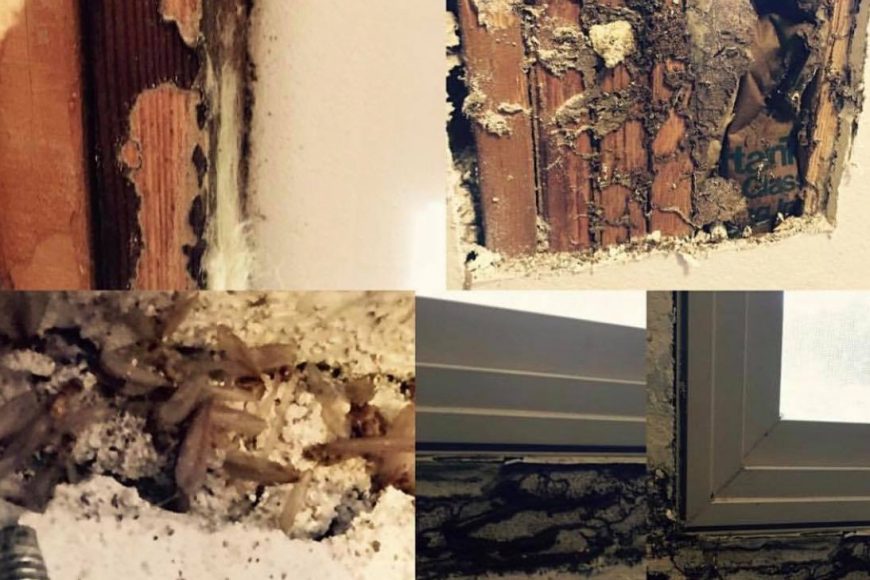The Western Drywood Termite’s Social Habits, Survivability In Desert Areas, And Their Ability To Exploit Human Activity Them Particularly Resistant To Control Measures
Several termite pests of homes and buildings can be found in Texas, especially in central and southern areas of the state where high humidity levels provide several termite species with the nourishment they need to thrive. Subterranean termites can be found throughout the US, but drywood termite habitats are largely limited to the southernmost states. There are three economically significant drywood termite pest species that infest homes in San Antonio, and they are commonly known as western (I. minor), powderpost (C. brevis) and light-southeastern drywood termites (I. snyderi).
The powderpost termite is a non-native species in the US that thrives in the humid southeast, and this is also the case for the light-southeastern drywood termite, which is considered the most common drywood termite pest in Texas. While the western drywood termite thrives in the excessively hot and dry desert southwest, this species is commonly found infesting homes in San Antonio, where the climate is sufficiently dry. However, researchers have come to understand that the western drywood termite can thrive in humid coastal environments as well, as this species has spread to Louisiana where it has become well established throughout the state.
The western drywood termite is a particularly destructive termite species for several reasons. For one thing, these termites are able to feed on an unusually wide range of wood species in homes and in the natural environment. Unlike many termite species, western drywood termites are able to infest sound and dry lumber in relatively new homes, and workers possess gut bacteria that break down the cellulose in wood at a particularly rapid pace. Since only drywood termite alates are able to initiate infestations, homes are only vulnerable to drywood termite infestations during seasonal swarms, which generally occur for a few months during the spring and summer seasons. However, western drywood termite swarms have been spotted throughout the year, making them a constant threat to homes.
Have you ever encountered a swarm of termites?







